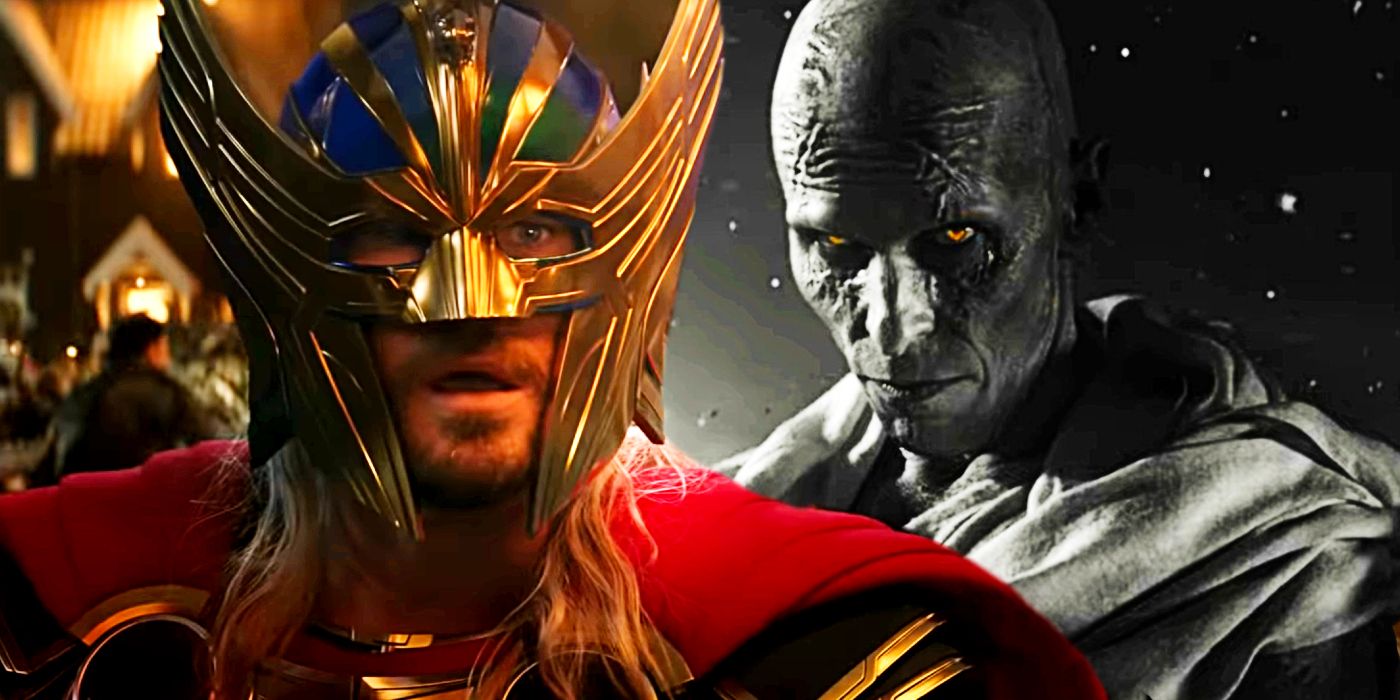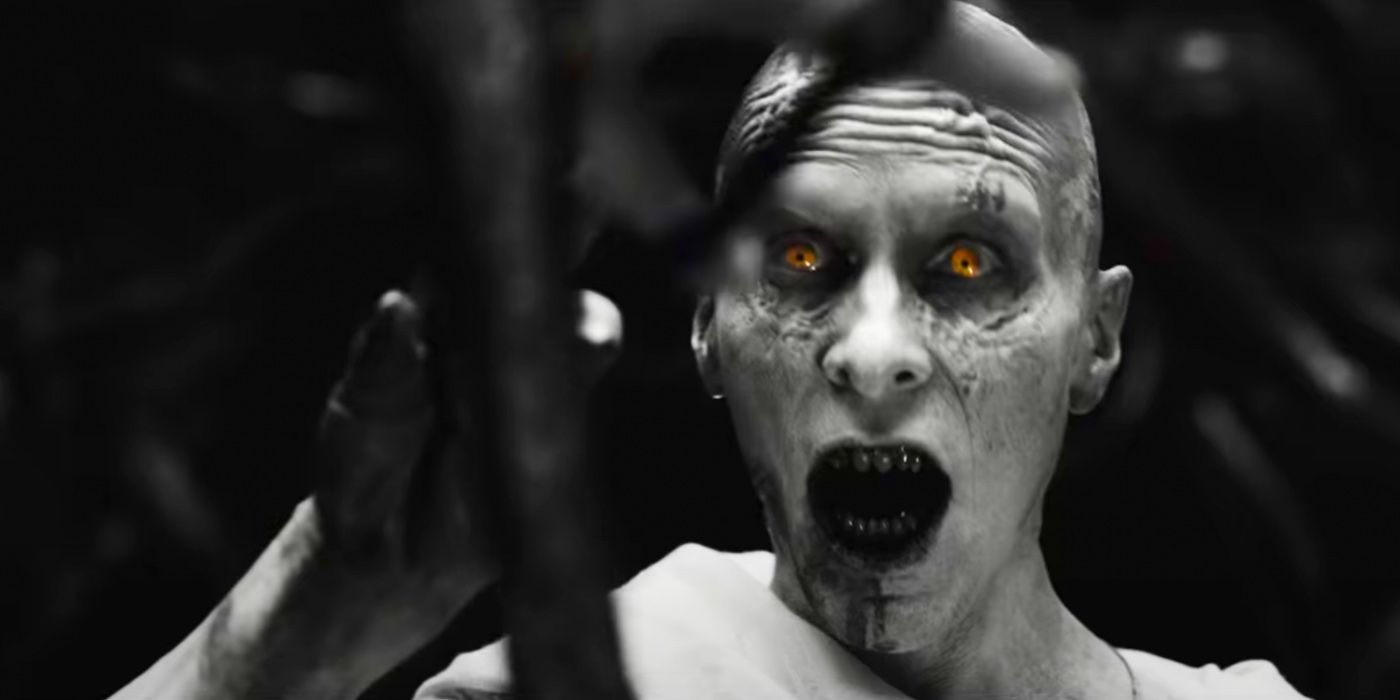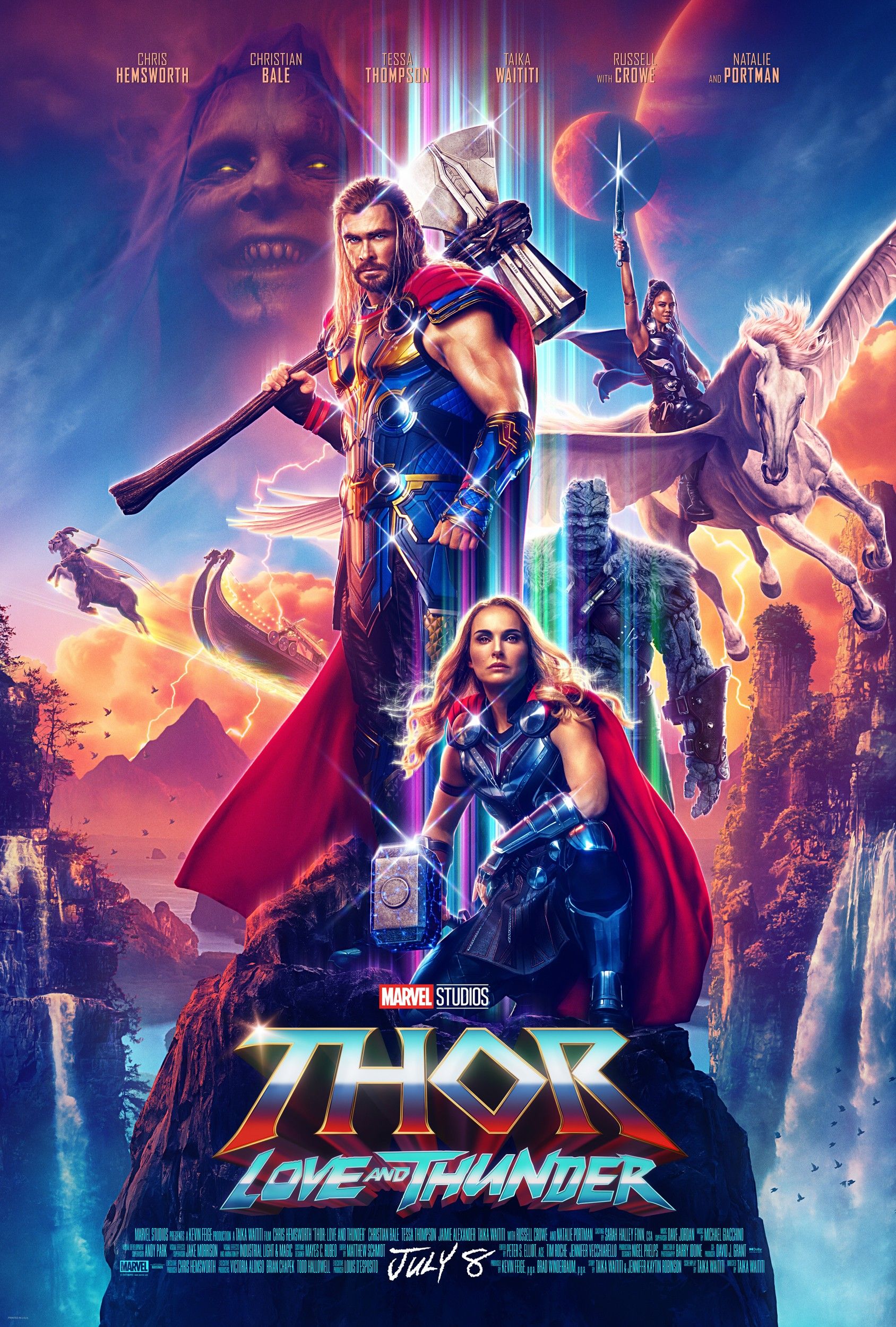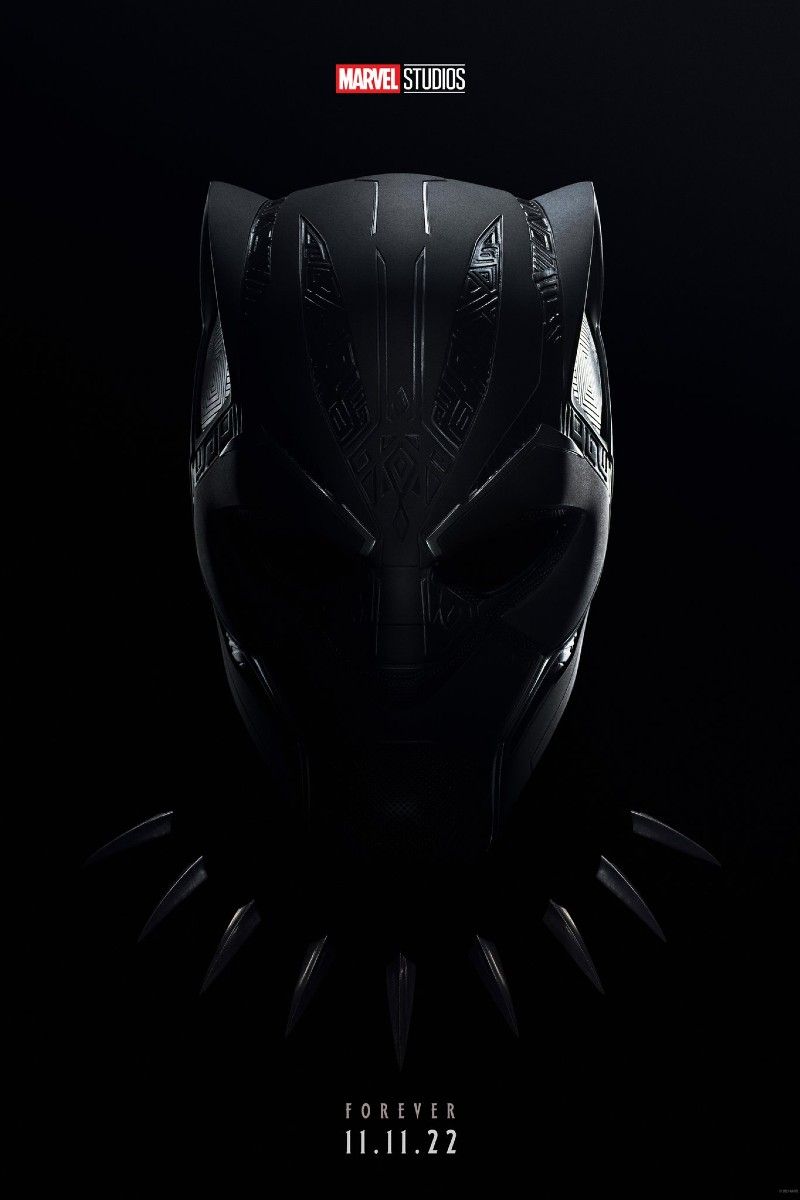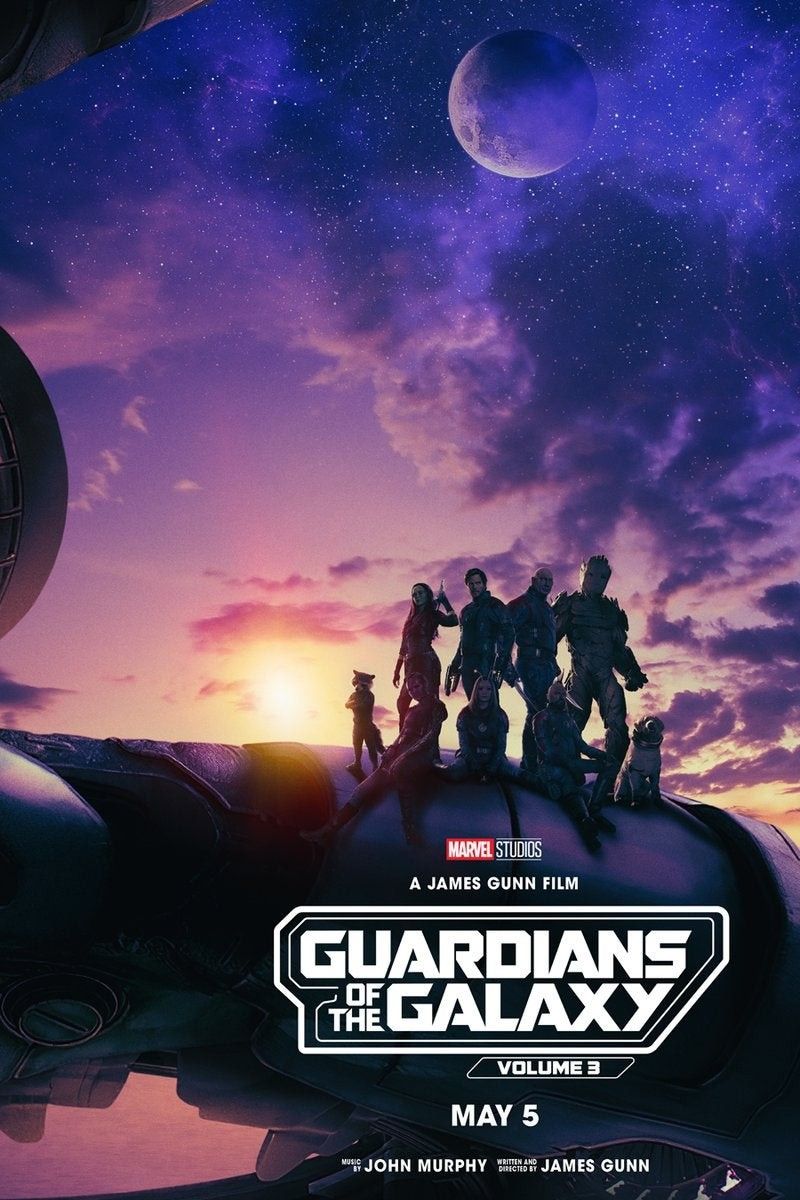Thor: Love and Thunder has revealed the first look at Gorr the God Butcher – its main villain – and the footage of him has thus far shown him entirely in black and white. Ever since it was announced that Christian Bale would be playing the role of the lead antagonist, audiences have been eagerly awaiting images of the MCU’s take on the God Butcher – concerned that the film may repeat the same villain mistakes as Thor: The Dark World. However, with a simplistic and stripped-back appearance, Bale’s performance is allowed to shine through, imbuing Gorr with a level of sympathy that will be essential in understanding the villain’s actions.
First introduced in Jason Aaron’s Thor: God of Thunder comics, Gorr is a being bent on the decimation of all gods after suffering the loss of his wife and children. While not delving into his origin story, the Thor: Love & Thunder trailer showed that Bale’s Gorr will have a similarly destructive motive in the upcoming film, crucially in his declaration that “all gods must die.” Bale’s simplistic appearance compliments the nuances of his performance, but the interesting filmmaking choice to shoot the villain dominantly in black and white will serve to further emphasize his role in the film.
Aside from a bold aesthetic decision, the monochromatic palette in which Gorr appears to be frequently captured may work for a wider purpose in Thor: Love & Thunder. Taika Waititi’s use of color is rarely a matter of coincidence and so, whether it is given a narrative explanation or not, the film’s juxtaposing palettes will undoubtedly mark a deeper level of representing the war between good and evil. Contrasting the film’s notably eye-catching vibrant colors, the introduction of Gorr and his monochromatic world will work to establish him as the ultimate antithesis of Thor and potentially hint at his dark backstory in the process.
The MCU is frequently criticized for its dull visuals, regularly relying on tonally muddy colors over vibrancy; though Waititi’s signature visual style on Thor: Ragnarok stands out as an anomaly in this critique. The Thor: Love & Thunder trailer demonstrates that Waititi will be utilizing a similarly colorful vision, with the images of Olympus and scenes featuring the Guardians of the Galaxy being shot with a multitude of bright colors. If these sequences are all about emphasizing Thor’s MCU hero arc, then the decision to situate Gorr in a monochromatic world only further distances his villainy from the god’s heroism – while one is depicted in vivid color and light, the other lurks in darkness.
One shot in the trailer shows a clump of red rock floating through space towards a white planet that stands out from its ruddy surroundings by occupying a place in the sky that is completely black. Assumed to be Gorr’s home planet, the shot suggests that the villain is not necessarily shot in black and white, but that he occupies an entirely monochromatic world. As well as contrasting Thor’s brightness, this removal of almost all colors could operate as a visual representation of Gorr’s tragic backstory – losing his wife and children and subsequently having his world drained of light. If this is the case, then the villain’s monochrome appearance could be far more integral to his actions than a mere aesthetic decision.
The true reason behind Gorr’s black and white visual style may go unmentioned in Thor 4, though this does not mean that it is meaningless. Be it to draw a clear divide between hero and villain, or to hint at a life-changing event in Gorr’s past, the contrasting color palettes are a bold filmmaking move. Aside from Bale’s perfect casting, Gorr’s appearance in Thor: Love and Thunder could make him one of the franchise’s most tragic villains.

